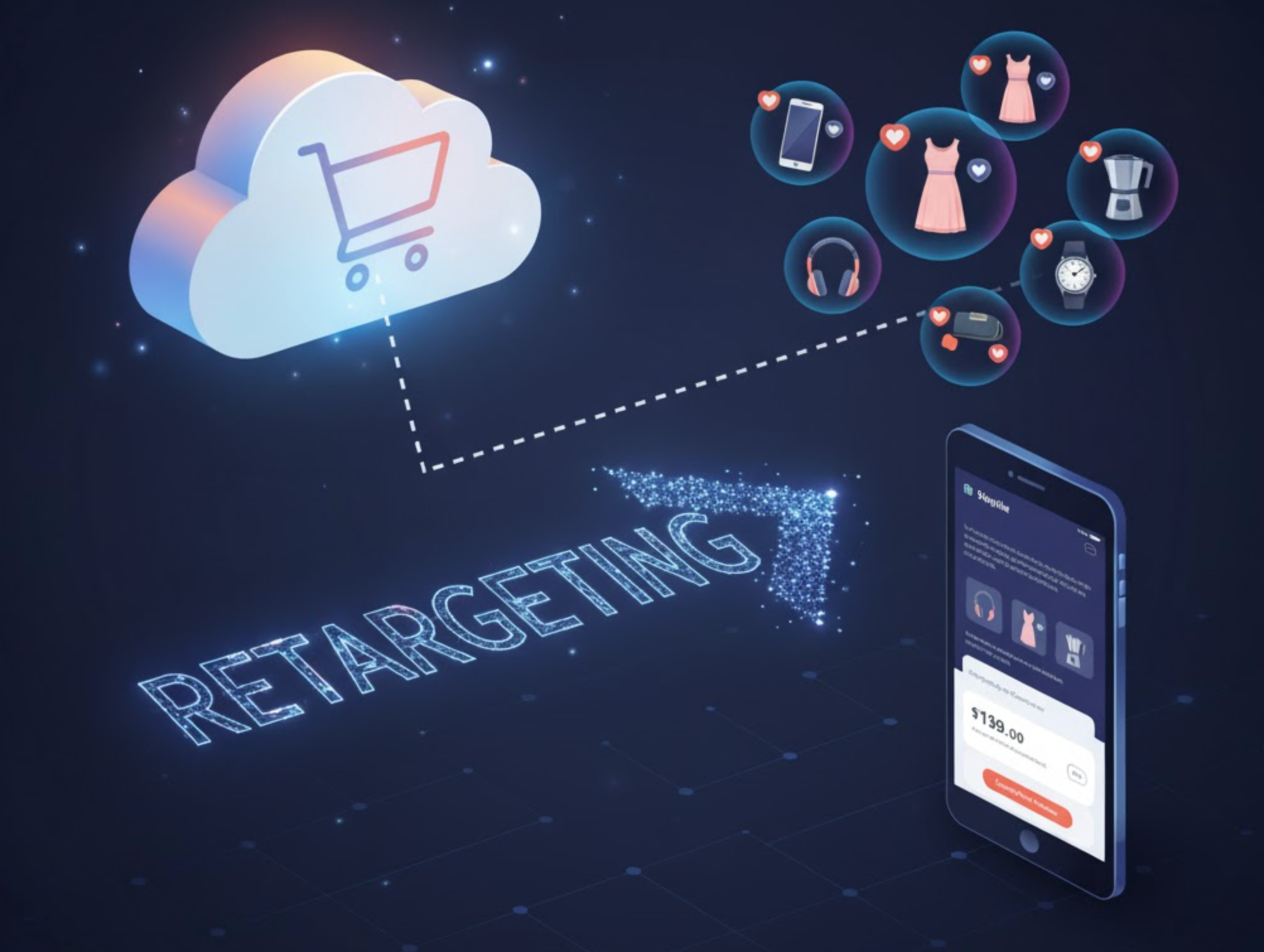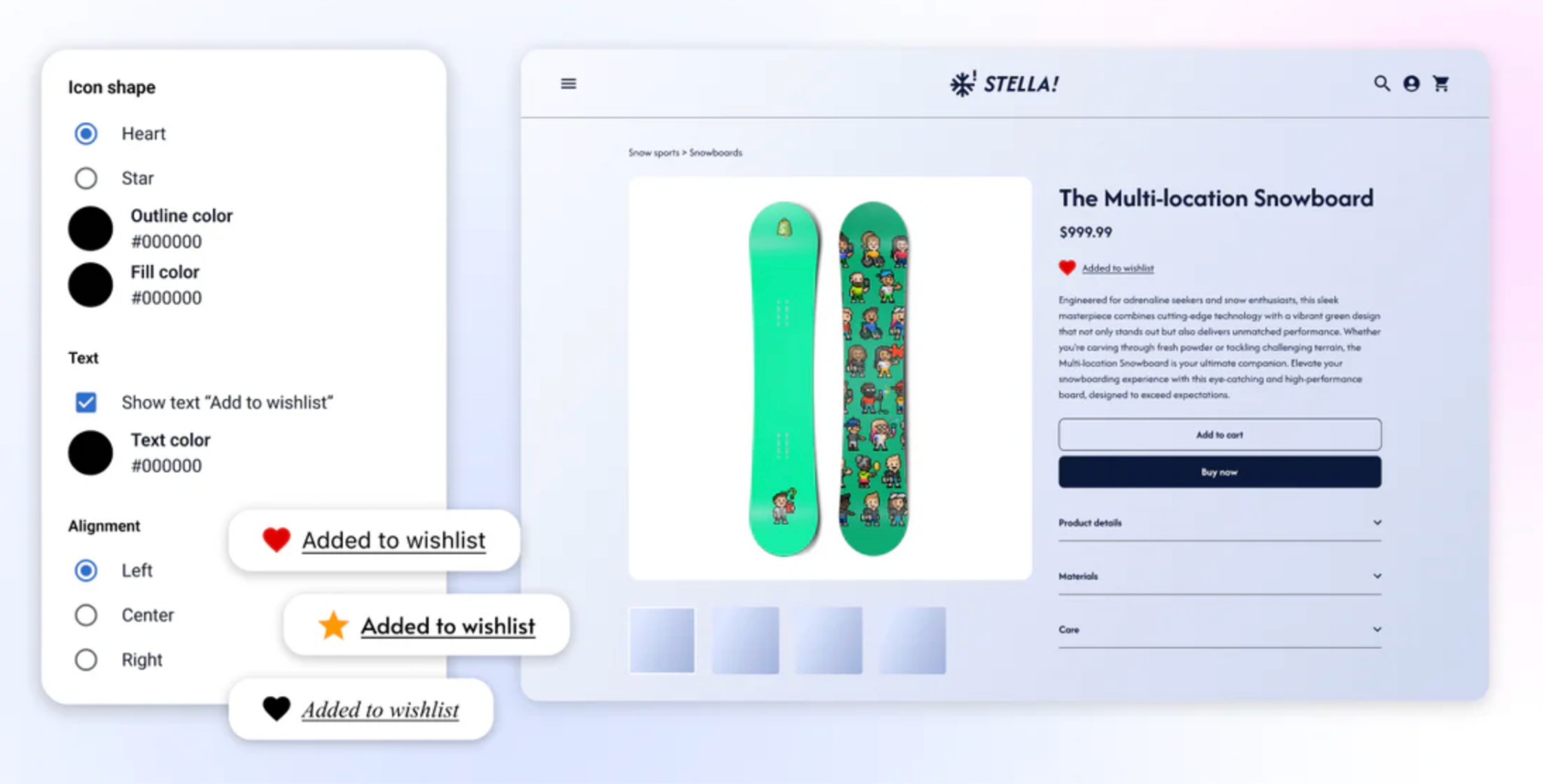
Wishlists are a reflection of customer intent and emotional connection. When shoppers save an item, it signals genuine interest, even if they’re not ready to purchase yet. This makes wishlists one of the most powerful tools for personalized retargeting campaigns. By leveraging wishlist data, brands can reach warm leads with relevant messages, drive conversions, and create a more engaging shopping experience. Here are seven creative ways to use wishlists for your next retargeting campaign.

Before diving into creative tactics, it’s important to understand why wishlists are such an effective foundation for retargeting. A wishlist represents a customer’s personal selection of products they already like, want, or plan to buy later. This provides a goldmine of behavioral and emotional data that can inform precise and meaningful retargeting messages. Instead of guessing what interests a customer, you’re working with clear, self-reported signals of intent, making your campaigns more efficient and conversion-driven.
Many shoppers add items to their wishlist as a way to “save for later,” but often forget to return. Retargeting these users with personalized reminder ads helps bring them back to your store. By showing them exactly what they saved and reminding them of their interest, you can rekindle desire without coming across as pushy. A well-timed reminder can make all the difference in turning hesitation into a purchase.

One of the most effective ways to convert wishlist users is by rewarding their interest with an exclusive deal. When customers feel like they’re getting a special offer tailored to them, they’re more likely to act. Personalized discounts on wishlist items not only increase conversions but also enhance brand loyalty. Customers appreciate when brands recognize their preferences and offer genuine value.

The effectiveness of wishlist retargeting skyrockets during major shopping events and holidays. Many customers use wishlists to plan ahead for sales like Black Friday and Cyber Monday, or Christmas. By identifying and retargeting users with active wishlists during these high-intent periods, you can deliver hyper-relevant promotions that feel timely and helpful. This approach aligns perfectly with customers’ buying mindset and boosts conversion rates.
Customers love a good deal, and nothing triggers purchase motivation quite like a price drop alert. When a wishlist item goes on sale, that’s your cue to re-engage them with a personalized message. Price drop campaigns not only encourage immediate action but also build trust, customers see that your brand keeps them informed and respects their interests. This simple yet powerful tactic can dramatically increase click-through and conversion rates.

Wishlists often reveal customer behavior patterns, showing which products they love and how they pair them together. If multiple related items appear in a wishlist, it’s an opportunity to create bundle offers that simplify purchasing decisions. Bundling products not only increases your average order value but also makes the shopping process more enjoyable and rewarding. Customers feel like they’re getting a complete solution rather than just individual products.
Wishlist data can also be used to reach new audiences with similar preferences. By analyzing user behavior and preferences from your wishlist data, you can build lookalike audiences that reflect your most engaged customers. These new audiences are more likely to convert since they share the same interests as your existing shoppers. It’s a data-driven way to expand your reach and improve your ad spend efficiency.
Over time, some users may forget about their wishlists or lose interest. However, these dormant users are still valuable leads, they’ve already shown intent once. Re-engaging them with personalized campaigns can revive interest and bring them back into the purchase journey. By updating them on new arrivals, stock updates, or incentives, you remind them why they loved your products in the first place.
Wishlists are one of the most underutilized assets in eCommerce retargeting. They represent clear buying intent and a deep emotional connection to your products. By transforming wishlist data into dynamic retargeting campaigns, through reminders, discounts, bundles, and personalized re-engagement, you can turn browsers into loyal buyers. Whether you use apps like Reton or Ryviu to collect wishlist data, the goal is the same: create meaningful, relevant, and well-timed touchpoints that guide customers back to checkout. When executed thoughtfully, wishlist retargeting isn’t just about conversions, but it’s about building lasting customer trust and loyalty.